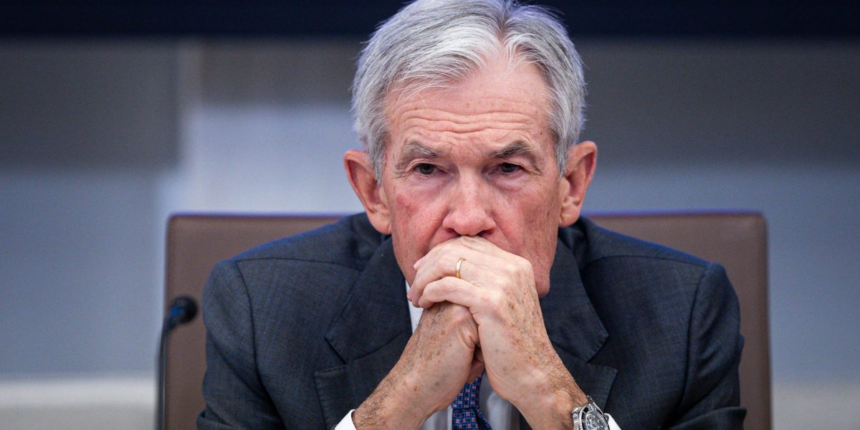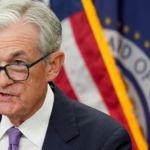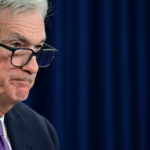The Federal Reserve lowered its benchmark interest rate by a quarter of a percentage point on Wednesday, a widely anticipated move that comes amid a worsening data blackout, a cooling labor market, and relentless political pressure from President Donald Trump.
In its statement, the Federal Open Market Committee said, “Economic activity has been expanding at a moderate pace,” but acknowledged that job gains have slowed, and the unemployment rate has edged higher, even if it “remains low.” Inflation, it noted, “has moved up since earlier in the year and remains somewhat elevated.”
The Fed said it continues to seek “maximum employment and inflation at the rate of 2% over the longer run,” and described uncertainty about the economic outlook as “elevated.” The committee judged that “downside risks to employment rose in recent months,” prompting the quarter-point cut and a decision to end the reduction of its securities holdings on Dec. 1, which is an early signal that it’s shifting from tightening to support mode.
Ten members, including Chair Jerome Powell and Vice Chair John Williams, voted in favor of the cut. Two dissented: Trump appointee Stephen Miran, who preferred a more dovish, larger half-point cut, and Jeffrey Schmid, president of the Kansas City Fed, who wanted no change at all.
“It’s very concerning,” Groshen told Fortune, adding that she worried that the Fed was “flying blind.”
UBS chief economist Paul Donovan also noted that “market interest will be focused on the spectrum of views, the tone of the press conference, and (inevitably) speculation about Powell’s successor.”
“We have an incompetent head of the Fed,” Trump said. “But he’ll be gone soon, and we’ll get somebody new.”
Powell’s term expires in May.









